Once Upon A Time
by The Storytellers

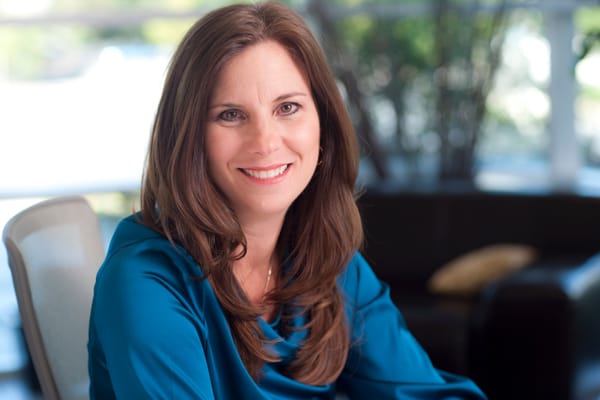
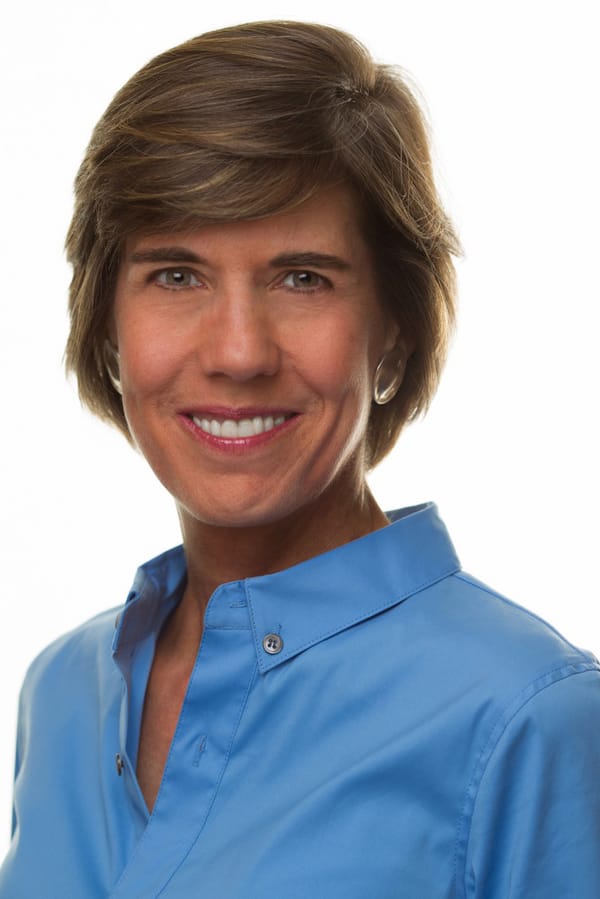


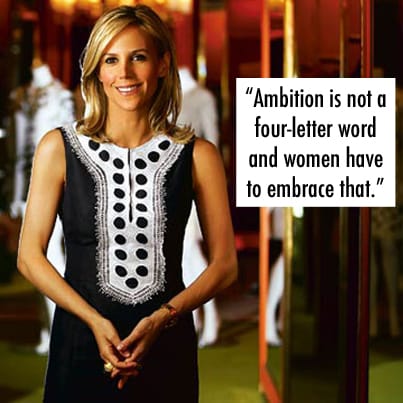
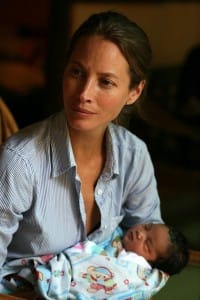
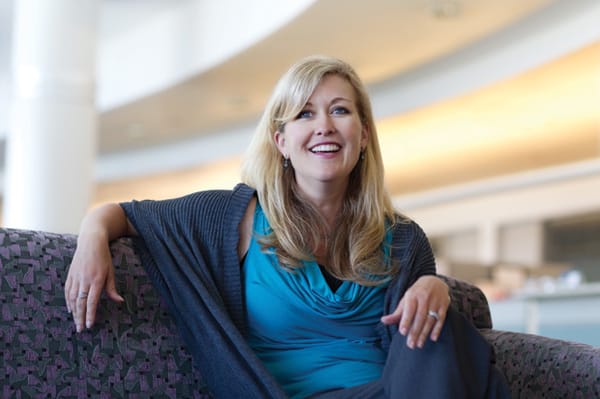

Who is Hubbard and how's he going to boost Twitter's bottom line?
Hubbard, 38, didn't always work in tech. After earning an MBA from Stanford, Hubbard pursued music. The singer-songwriter toured with his acoustic band, Rockwell Church, and released five albums, according to Fast Company's Chuck Salter. In its prime, Rockwell Church was performing 200 times per year. "Church" is Hubbard's middle name.
Soon, Hubbard transitioned from an artist to a businessman. Friends were skeptical, but Hubbard saw it as a way to influence an industry he's passionate about.
"Any artist who cares about this industry would die to be in my chair and try to make sweeping changes," he told Fast Company.
Hubbard landed at Musictoday, an entertainment marketing company created by the manager of Dave Matthews Band, Coran Capshaw. There, he helped sell merchandise for artists like John Legend and became the company's CEO.
Four years later, Musictoday was acquired by Live Nation. Hubbard became CEO of E-commerce at Live Nation, overseeing all ticketing and digital initiatives. His team was responsible for launching a ticketing platform that rivaled Ticketmaster in 2009.
In 2010, Live Nation and Ticketmaster merged. Hubbard became CEO of Ticketing at the newly formed company.
Hubbard may be young, but he's chock full of experience. When he joined Ticketmaster, he had never managed a company that size, with 3,000 employees and $1.2 billion in revenue. But his former boss told Fast Company then, "Behind that baby face is a wealth of experience. He has the greatest credentials in the business."
Now, as Twitter's Head of Commerce, the former Ticketmaster president will report to Head of Global Revenue, Adam Bain. Hubbard has been tasked with opening up a new revenue stream for Twitter and helping grow the startup's bottom line before its impending IPO, which could come later this year or early next. Twitter is reportedly aiming to generate $1 billion in 2014. This year, the company is expected to pull in more than $500 million and it has been able to monetize mobile better than most other companies.
Twitter isn't going into the payments business, but it will help retailers sell items directly through their 140-characters. Twitter may then take a percentage of each transition.
Hubbard's plan is simple. "We're going to go to people who have stuff to sell and help them sell it to Twitter more effectively," Hubbard tells Bloomberg West's Jon Erlichman.
To me, Twitter is a cardiogram of the passion of the live moment. So I'm excited to announce I've joined the flock as Head of Commerce!
- Nathan Hubbard (@NathanCHubbard) August 27, 2013
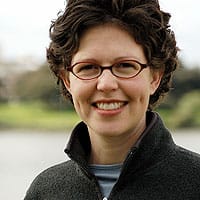

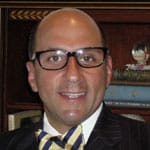


What is your name and your current occupation?
Christian Roman, and I'm a story artist at Pixar.
What are some of the crazier jobs you had before getting into animation?
When I first moved to Los Angeles I did temp work at a medical supply rental company where I was put in charge of filing. Being a compulsive doodler, I couldn't help but redraw all of their labeling on the file cabinets. One file was for "Dead Files", clients that were no longer active. The sign I drew for this file cabinet was of tombstones and such, not making the connection that it was a medical supply company and that the files were probably for literally dead clients. I was let go a few days after drawing that.
What are some of your favorite projects you're proud to have been a part of?
I'm probably the most proud of being a part of Toy Story 3, which was the most collaborative and creative project I've ever worked on. It was thrilling to be involved in not only drawing the story, but helping to collaboratively craft the story as well. The second would be Disney's Fillmore!, which was also very collaborative and creative, and probably the most indicative of what I personally can do cinematically and artistically. Third, when I was on the Simpsons I put together a handout called 'Storyboarding the Simpsons Way' which has taken on a life of it's own outside the studio, and I'm pretty proud of that. In fact, I once went to a lecture on storyboarding and the lecturer gave everyone a copy of it!
How did you become interested in animation?
As a kid, I always loved watching all kinds of animation, but I typically would draw superheroes rather than cartoony characters. It never occurred to me that animation was drawn by anyone, it just existed. Not until college did I even consider animation as a career, and then not until my senior year. I originally planned to be an illustrator, but while studying art I was also taking classes in music and acting. I realized that animation incorporated all of those interests, but my school didn't offer animation classes, so I got an internship at a local commercial animation company.
Where are you from and how did you get into the animation business?
I'm originally from Pembroke, MA, just south of Boston. I went to Boston University, graduated in '91 with a degree in oil painting. After my internship my senior year at Olive Jar animation, I knew the best place to get into animation was Los Angeles, so I packed my car and drove across the country. When I got to LA I stayed with friends while I searched for a job. I went to the Animation Guild and got their list of studios, cold called each studio and would apply for jobs, but never got anywhere because I really didn't have a portfolio geared toward animation. I had no idea what they were looking for! I didn't know what I was doing, and my portfolio reflected that. But fate stepped in for me: a friend of mine met a guy in a bar who said his company was looking for people to teach animation to high school and middle school students for his company, AnimAction. I set up an interview, which was at a local middle school where they were running a workshop. When I got there, they told me one of their instructors didn't show up, so instead of interviewing, they threw me in and told me to teach. All I knew about animation at that moment was what I had read in The Illusion of Life and in the Preston Blair books. Luckily for me the workshop was geared to very basic animation and the materials were very clear. I got the job. I discovered that many of AnimAction's other 'facilitators' in the workshops were Simpsons artists on their hiatus. They helped me get a layout test for the Simpsons, and with their guidance I was hired as a layout artist on the Simpsons in 1994.
What's a typical day like for you with regards to your job?
My day can typically go one of three different ways: The first may be filled with brainstorming meetings. Typically this is in the early part of the process with the most pie in the sky thinking. The whole story team will sit in a room, discussing sequences, plot points, characters arcs, etc. Another day, later on in the process, will be me sitting at my Cintiq boarding out one of those brainstormed sequences, combining what was discussed in the story room with my own take on the scene. The third type of day will be me frantically trying to do fixes called out by editorial, clean-ups, or extra poses before a looming screening. There truly is an ebb and flow to the story process, where one day it's low stress and high creativity and then suddenly it's high stress and deadlines and pressure to get it done as fast as you can.
What part of your job do you like best? Why?
The brainstorming is the part I enjoy the most, because it's the part where there are no wrong answers, everyone is working together, and every idea is explored and debated. It's the most creative moment. Working out a story is like creating a puzzle and putting it together at the same time. Even when there's a block, when everyone in the room is stuck on one plot point, that's still exciting to me because of the anticipation of getting to that solution. I know it will come, and I get to see it when it happens, or if I'm lucky come up with the solution where everyone goes "Ah! That's it!"
What part of your job do you like least? Why?
The part I like least is the part often the most difficult for story artists, heck, any artists doing commercial work, to swallow: getting notes. You work on a sequence, give it all your thought and time and believe you've done everything to make it sing. You present it to the director and they change everything. It's hard not to get defensive, but you have to accept that you are working for them. You can only hope to bring enough to your sequence that it inspires the director. It's taken me years to learn how to accept this part of the process. Luckily at Pixar I feel like the notes are always in service to making the story better and not for frivolous or mercenary reasons. In fact, at Pixar it's often better to get a lot of notes, because that means your sequence has inspired everyone in the room! If I pitch a sequence and the whole room is silent, I get worried.
What is the most difficult part for you about being in the business?
For me personally, it's been learning to balance the hours given to work with hours spent with my family. When I was single, it was very easy for me to pour all of my focus and passion into a storyboard, and justify staying at work until midnight because I wanted to make my storyboard 'perfect'. I had no problem devoting a lot of time and effort into it because it was what I love to do. But now I also love being with my wife and daughter, so I've had to adjust how I pace myself when I draw a sequence to accommodate leaving work at a normal time.
What kind of technology do you work with on a daily basis?
I use a 21" Cintiq, Photoshop CS4 and Pixar's proprietary storyboard software, Pitch Docter. I've actually been using Photoshop for work since around 2000, so I've very comfortable with it. I find that a lot of older board artists, when forced to use a computer to do storyboards, try and force it to mimic drawing on paper. To me that's like riding a bicycle for years and then being given a Ferrari and driving it 10 miles an hour. But on the other hand, I find that I 'noodle' with my drawings a lot more in Photoshop than I would if I drew them on paper, because the technology allows me to fix anything. It's a constant struggle, especially if I've got a deadline, to draw fast and let the drawing be what it is.
In your travels, have you had any brushes with animation greatness?
I'm currently working with animation greatness! I'm constantly amazed that I get to work alongside such great story artists as Ronnie Del Carmen, Mark Andrews, and Jeff Pidgeon, just to name a few here. Even on the Simpsons, working with David Silverman was an honor. Meeting Phil Roman and having him jokingly consider me his long lost son was a great honor (honestly, we're not related at all!). But the one brush I remember most was so random and fleeting it's almost embarrassing to mention since I was just dumbstruck with awe: when I first moved to Los Angeles around 1991, I took my car to a local mechanic to get it fixed after a collision. As I went to pick up my keys and pay for the repair, the guy in front of me in line was Fritz Freleng! He only looked a little familiar to me, and it wasn't until saw his name on the check he'd paid with that I realized who he was. Being so new to Los Angeles and so star struck I didn't want to bother him. I wish I had said something, introduced myself, told him how his work inspired me, but I didn't.
Describe a tough situation you had in life.
When I was a kid between 5 to 10 years old, the older kids who lived across the street from me would regularly beat me up, tease me, vandalize our house, and many other pretty horrible things. We lived there for five years before my parents could afford to move us. As horrible as it was, I often wonder if I would have pushed myself to be successful if I had not had a difficult childhood. So in a way I'm grateful for it.
Any side projects you're working on you'd like to share details of?
As my family time grew more important to me, my art side projects dwindled into obscurity. I have many boxes of half-finished projects languishing in my garage. It's especially embarrassing given how much the Pixar story artists do for side projects. I'm trying to finish a short piece for the next Afterworks anthology, but my deadline is looming and I'm not sure I'll finish in time. As far as non-art side projects go, I am very proud to have started Pixar's first improv group, The IMPROVibles. It's made up of Pixar employees, and we perform at work about once a month. I've always felt that improvisation is a key ingredient to story work, and even to the Pixar atmosphere of 'yes, and...', where everyone is being positive and working to make everyone else look good.
Is there any advice you can give for an aspiring animation student orartist trying to break into the business?
Most important: Draw a lot. Seriously, if you don't already have a sketchbook, get one, and draw every day. Fill at least a page a day with your drawings. Draw anything. Draw everything. Second: if you're interested in story or storyboarding, watch a lot of movies. Watch good movies, and try to figure out what makes them good. Then watch bad movies, and try to figure out why they're bad and how you would fix them; it's not enough to see a movie and say, "That stunk!", you have to be able to back that up with not only why it was broken, but what elements were missing that would make it better. There are lots of great books out there about movie storytelling, like McKee's Story or MacKendrick's On Filmmaking. Third: Network with people in animation. Go to animation events, like the CTN expo, and talk to the people who have jobs in animation. Take classes taught by people in the business. Stay in touch with friends you went to animation school with, because someday they might hear about a job opening at work and think of you. Make your own film in your spare time, show you desire and drive in your own personal work and put it out there. There really is no direct way into the business; every path is different and none are guaranteed.
Tina Sharkey (b. 1964) is an American entrepreneur. She co-founded iVillage, led multiple businesses at AOL, and started the digital internet division at Sesame Street. She is considered one of the pioneers in the evolution of new media, from the introduction of HDTV to the mass-market adoption of the Web, social networking and mobile computing platforms.
Sharkey was born in New York City. Her father and grandfather worked in the garment industry, as did her mother, Mona Sherman, who became the president of Perry Ellis America when Sharkey was in high school. She attended the University of Pennsylvania, spending a semester at the University of Paris: Sorbonne, and earned a Bachelor of Arts in International Relations.
Sharkey began her career as part of the team that introduced HDTV to the US market and the media industry, and, as part of an HDTV task force, she lobbied Congress at the age of 22. In 1995, following her collaboration with Barry Diller to create QVC's Q2, a new home shopping format, Sharkey co-founded iVillage, serving as its chief community architect and head of programming. Becoming the largest online destination for women, iVillage was one of the first major internet media properties, and was sold to NBC Universal for $600 million in 2006.
Sharkey registered the domain names socialmedia.com, socialmedia.net, and socialmedia.org in the late 90s. While there is some debate regarding its genesis, Sharkey is generally acknowledged to be among the first to use the term " social media."
In 1999, after creating the interactive and online brands for Sesame Workshop, Sharkey was recruited by America Online's vice chairman, Ted Leonsis, to join AOL as a senior media executive. At AOL, in addition to overseeing multiple business units, Sharkey led community programming initiatives, including the development of "People Connection" and aol.com. She remained at AOL until 2006, when she was appointed chairman and global president of BabyCenter LLC, a wholly owned subsidiary of Johnson & Johnson.
At BabyCenter, Sharkey built one of the most prominent global destinations for parenting and pregnancy, serving more than 100 million visitors in 22 worldwide markets. Additionally, Sharkey led Johnson & Johnson's initiative with the U.S. State Department for the Mobile Alliance for Maternal Action (MAMA). Announced by US Secretary of State Hillary Clinton, and developed with the cooperation of the White House, MAMA serves women in low-resource settings from South Africa to Bangladesh and India. New and expectant mothers register their due date or their baby's age via mobile phone in order to receive text messages which provide relevant developmental, health, and nutritional information.
In 2013, Sharkey was appointed CEO of Sherpa Foundry. Founded by Shervin Pishevar and Scott Stanford, Sherpa Foundry partners with public companies to identify, define and co-develop ideas and innovations through external resources.
Sharkey additionally serves on public and private boards and advisory committees, and consults to a range of businesses from early to late stage and global public enterprises. Regarded as a thought leader in the practice of consumer insight marketing, Sharkey writes a column on the subject for Forbes.com and blogs for the Huffington Post. She is a speaker at global industry events, conferences and corporate meetings, and is a guest lecturer and mentor at the Stanford Graduate School of Business. Additionally, Sharkey is an active investor in early stage media and technology companies and was included on Business Insider's list of the Top 50 angel and investors.
Sharkey is a 2006 Henry Crown Fellow at the Aspen Institute and a founding and lifetime board member of Baby Buggy, a nonprofit organization which provides essential services to families in need. She lives with her family in Mill Valley, California.
